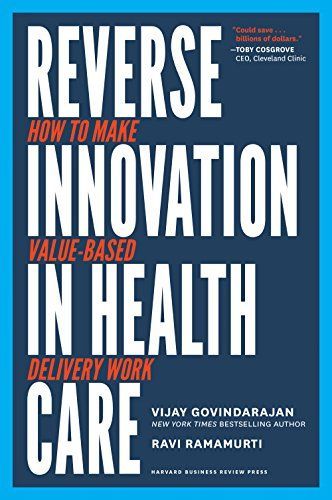
Reverse Innovation in Health Care How to Make Value-Based Delivery Work
Health-Care Solutions from a Distant Shore Health care in the United States and other nations is on a collision course with patient needs and economic reality. For more than a decade, leading thinkers, including Michael Porter and Clayton Christensen, have argued passionately for value-based health-care reform: replacing delivery based on volume and fee-for-service with competition based on value, as measured by patient outcomes per dollar spent. Though still a pipe dream here in the United States, this kind of value-based competition is already a reality--in India. Facing a giant population of poor, underserved people and a severe shortage of skills and capacity, some resourceful private enterprises have found a way to deliver high-quality health care, at ultra-low prices, to all patients who need it. This book shows how the innovations developed by these Indian exemplars are already being practiced by some far-sighted US providers--reversing the typical flow of innovation in the world. Govindarajan and Ramamurti, experts in the phenomenon of reverse innovation, reveal four pathways being used by health-care organizations in the United States to apply Indian-style principles to attack the exorbitant costs, uneven quality, and incomplete access to health care. With rich stories and detailed accounts of medical professionals who are putting these ideas into practice, this book shows how value-based delivery can be made to work in the United States. This "bottom-up" change doesn't require a grand plan out of Washington, DC, agreement between entrenched political parties, or coordination among all players in the health-care system. It needs entrepreneurs with innovative ideas about delivering value to patients. Reverse innovation has worked in other industries. We need it now in health care.